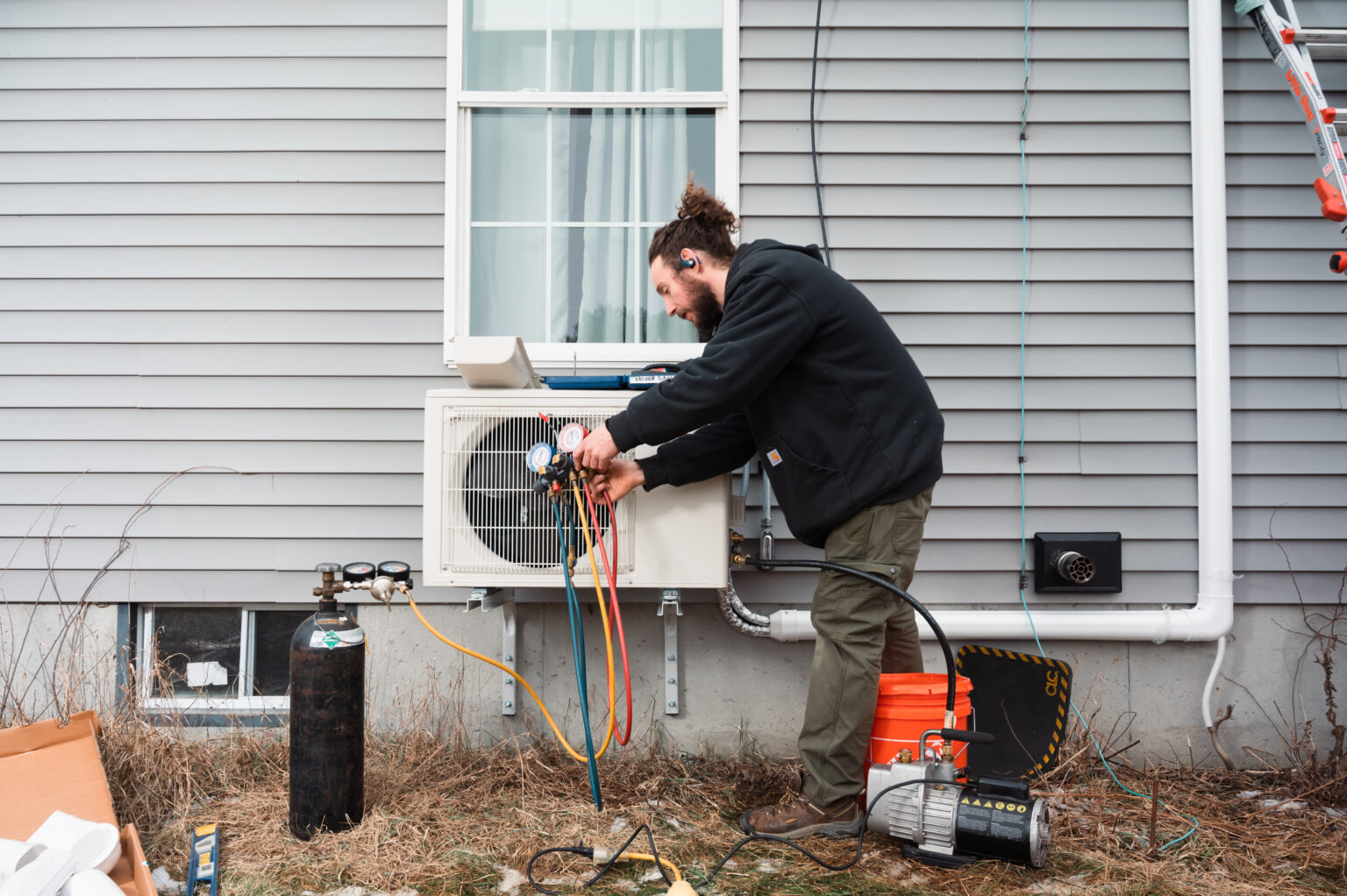Approximately $22,000 worth of tax rebates and credits are on the table for homeowners looking to make their homes more energy efficient through upgrades. The problem is, most Americans aren’t aware of these tax incentives or how to access them.
These tax credits and rebates are available through the Inflation Reduction Act of 2022, which allocates $8.8 billion for the program. Currently, there is still $4.5 billion available for homeowners to claim, with an additional $225 million earmarked for Native American tribes.
There are two core categories, each with its own tax incentive offerings: The Home Efficiency Rebates, which provide up to $8,000 in tax incentives, and the Home Electrification and Appliance Rebates, which offer up to an additional $14,000 for upgrading to energy-efficient appliances.
Here’s a general outline of each program.
Home Electrification and Appliance Rebates (Up to $14,000)
To be eligible for the Home Electrification and Appliance Rebates, your household income must be under 150% of your area’s median income.
Depending on how close your income is to that threshold, you could be eligible for between 50–100% of the total cost in rebates. Lower-income households are eligible for a higher percentage of total cost coverage.
You can check your area’s median income on the U.S. Department of Housing and Urban Development’s website.
Additionally, the upgrades must reduce your total monthly energy consumption by 20% to qualify, which can translate to lower monthly utility bills. These tax incentives are available as credits or rebates.
Some of these home efficient rebates have a more limited scope depending on the sate, so checking against the Department of Energy’s site to ensure eligibility is important.
According to the U.S. Department of Energy, eligible home updates for the Home Electrification and Appliance Rebates include:
- $4,000 for an electrical panel, with an additional $2,000 for electrical wiring
- $1,750 for installing an ENERGY STAR-certified electric heat pump water heater
- $8,000 for installing a heat pump-based heating and air conditioning system
- $840 toward an ENERGY STAR-certified electric heat pump dryer
- $840 toward ENERGY STAR-certified electric kitchen appliance upgrades, such as a stove or oven
- $1,600 toward home insulation projects
In addition to these line items, energy-efficient home updates that fall outside of these categories may still be eligible for tax credits and rebates under the Home Efficiency Rebates.
Home Efficiency Rebates (Up to $8,000)
The Home Efficiency Rebates apply to a broader range of energy efficiency improvements and have similar eligibility criteria as the Home Electrification and Appliance Rebates but can be used for a wider variety of updates.
Additionally, rather than fixed allocations for specific updates as outlined in the Home Electrification and Appliance Rebates, these tax incentives are offered as percentage-based rebates.
For example, homeowners can claim a 30% rebate on the total cost of installing solar panels and EV charging stations.
Eligible improvements include:
- Exterior doors ($250 per door; $500 maximum)
- Windows and skylights ($600 per window; $1,200 maximum per year)
- Non-heat pump heating systems that reduce energy consumption (up to $600)
Planning Ahead
Remember, to qualify, the improvements must reduce energy consumption by at least 20% monthly. For instance, if a homeowner installs new windows but doesn’t meet the 20% energy reduction requirement, they may need additional updates to qualify. Similarly, if a homeowner installs an energy-efficient air conditioner in a previously unconditioned space, it won’t meet the reduction threshold on its own.
Homeowners should consider a combination of eligible updates to reach the 20% reduction threshold and maximize available credits.
Beyond these tax incentives, making energy-efficient updates can reduce utility bills and provide valuable upgrades for your home.
While these tax incentives are currently active through 2031, changes in government leadership could impact available funding. Homeowners considering these upgrades may want to act sooner rather than later to ensure they can take advantage of these tax credits.
Related: Biden-Harris Administration Invested $1 Trillion Into Renewable Energy Economy


